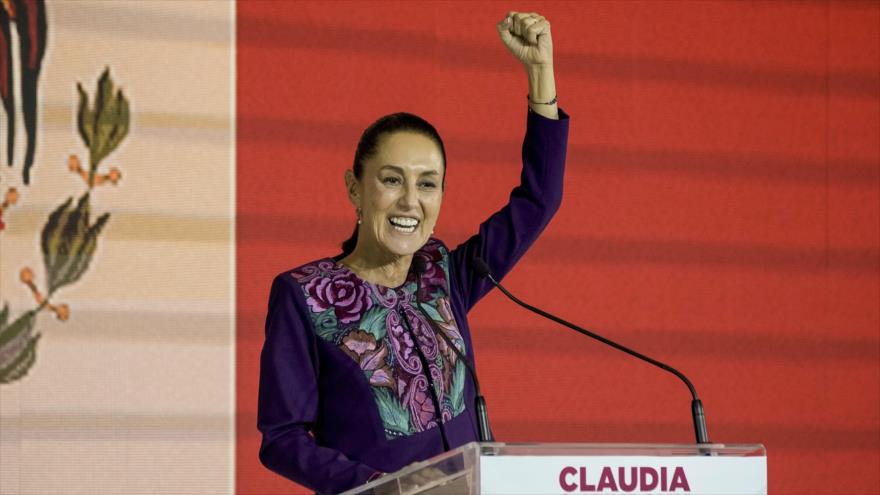As investors, World Environment Day serves as a reminder of the crucial intersection between environmental sustainability and economic viability. As global attention increasingly focuses on the urgent need to address climate change, carbon pricing mechanisms (CPM) emerge as a fundamental lever in the transition to a low-carbon economy. This is exemplified by the European Union’s decision earlier this year to expand its Emissions Trading System (ETS) to include maritime transport and last year’s decision to create an additional ETS to address CO2 emissions from fuel combustion in buildings, road transport, and other sectors.
These significant measures highlight the growing importance of regulating carbon emissions across various sectors. This evolution, along with current upward trends in North American carbon markets driven by stricter regulatory reviews and supply adjustments, signals a fundamental shift toward stricter carbon pricing mechanisms globally, emphasizing the need for investors to understand the financial implications.
But first things first: What is carbon pricing? What is its purpose, and how does it work? Regulatory carbon pricing encompasses policy frameworks like carbon taxes and cap-and-trade emission trading systems designed to assign a monetary value to greenhouse gas emissions. According to the World Bank, there are currently 75 carbon taxes and emission trading systems worldwide covering about 24% of global emissions.
These mechanisms work by setting a direct price on carbon emissions or establishing a market-based emissions cap with tradable allowances. By internalizing the externalities associated with carbon emissions, carbon pricing essentially creates economic incentives for emission reduction and technological innovation. The aforementioned example of the EU’s ETS expansion shows the financial implications for shipping companies that continue business as usual: companies in the sector must purchase or surrender EU Allowances (EUAs) for each ton of CO2 (or CO2 equivalent) reported, potentially increasing operational costs. Generally, the cost of compliance is expected to be passed on to end customers through higher freight rates, potentially affecting the cost competitiveness of these companies.
The exposure of companies to carbon pricing varies greatly by sector and geography: the recent drop in EU carbon prices due to oversupply and lower emissions from the power sector contrasts with the upward momentum of the California-Quebec joint cap-and-trade program, reflecting the complex interaction of market forces in different regions. Carbon price volatility, influenced by factors like regulatory changes and market dynamics, can have diverse impacts: companies in carbon-intensive sectors such as energy, manufacturing, and transport face significant cost implications and potential asset stranding. These companies must manage higher operating expenses and possible compliance costs, which can impact EBITDA margins and alter competitive dynamics. However, early adopters of lower-emission technologies—such as cleaner fuels like liquefied natural gas (LNG) or energy-saving technologies like air lubrication systems and rotor sails in the maritime sector—are likely to benefit from regulatory incentives and cost savings. These companies can achieve competitive advantages beyond lower compliance costs, such as better market positioning and enhanced brand reputation.
The volatility of carbon prices, influenced by factors such as regulatory changes and market dynamics, can have diverse repercussions: companies operating in carbon-intensive sectors like energy, manufacturing, and transport face significant cost implications and potential asset stranding. These companies must manage higher operating expenses and possible compliance costs, which can affect EBITDA margins and alter competitive dynamics. However, early adopters of lower-emission technologies—such as cleaner fuels like liquefied natural gas (LNG) or energy-saving technologies like air lubrication systems and rotor sails in the maritime sector—are likely to benefit from regulatory incentives and cost savings. These companies can achieve competitive advantages beyond lower compliance costs, such as better market positioning and enhanced brand reputation.
From an investor’s perspective, assessing a company’s exposure to carbon pricing is an integral part of overall risk management and portfolio optimization. The ability of a portfolio company to effectively manage carbon pricing—through strategic asset allocation, operational efficiency improvements, and robust environmental, social, and governance (ESG) practices—becomes a determinant of its long-term financial performance and market valuation.
A significant number of large-cap companies already consider an internal carbon price, often to make more informed investment decisions (though when internal carbon prices are particularly low, they may often be perceived as a marketing tool). However, very few companies propose a business plan that comprehensively integrates the implications of evolving carbon prices. Therefore, integrating carbon pricing into investment analysis requires a sophisticated understanding of regulatory environments, sectoral impacts, and corporate strategies by the investor, which can be reflected in the following approaches:
In addition to staying informed about regulatory developments, it is increasingly important to integrate carbon pricing scenarios into stress tests of corporate earnings, cash flows, and valuation metrics. Additionally, it is crucial to note that the aforementioned carbon price volatility presents both a risk and an opportunity: investors can consider diversifying exposure across regions and sectors to mitigate the impact of price fluctuations. However, carbon pricing can also introduce market inefficiencies that astute investors can exploit: investors leveraging carbon futures and options can capitalize on these price fluctuations to generate alpha. Moreover, inefficiencies in company valuation based on carbon exposure can offer value investment opportunities.
Undervalued companies because the market underestimates their carbon management capabilities can provide attractive entry points for investors. Last but not least, the issue of carbon pricing is one where ESG integration and active ownership gain critical importance: understanding portfolio companies’ compliance strategies, promoting transparency in carbon emission reporting, and adopting best practices for emission reduction help create a more comprehensive framework for identifying value drivers.
From an investor’s perspective, World Environment Day and the issue of carbon pricing remind us how the structural shift to a low-carbon economy underscores the need for long-term strategic allocation to sectors and companies aligned with this transition. This is also accentuated by other recent regulatory developments, such as the start of reporting obligations for the EU’s Carbon Border Adjustment Mechanism (CBAM) in 2023, which aims to level the carbon pricing playing field for traded goods with intensive emissions. By integrating carbon pricing considerations into investment frameworks, investors can not only mitigate risks but also seize the opportunities presented by the transition. Thus, alignment with global climate goals should not be seen merely as a response to regulatory pressures but rather as a strategic imperative that enhances long-term value creation.



